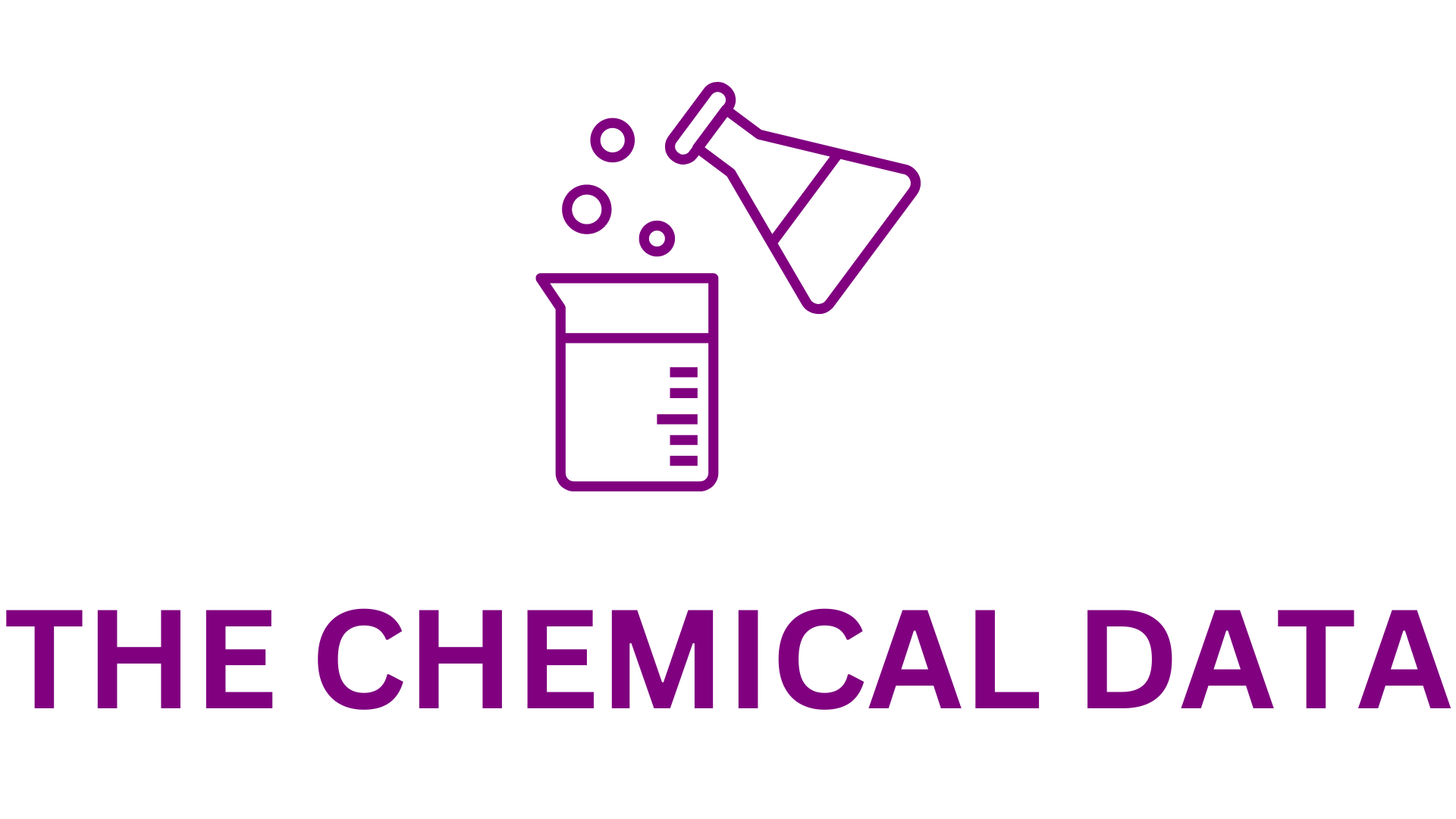
In 2023, polyethylene terephthalate (PET) bottle recycling in the United States reached a historic milestone, as outlined in the National Association for PET Container Resources (NAPCOR) 2023 PET Recycling Report. The U.S. PET bottle collection rate climbed to 33%, up four percentage points from 2022’s 29%. This represents the highest U.S. recycling rate since 1996, underscoring significant strides in sustainability and recycling efficiency. Concurrently, the average post-consumer recycled (PCR) PET content in U.S. bottles hit a record 16.2%, an increase from 13.2% the previous year, highlighting growing demand for recycled materials nationwide.
PET’s Role in Sustainability
PET, identified by its #1 resin code, is a highly recyclable plastic praised for its durability and versatility. It’s a cornerstone of many U.S. recycling programs due to its widespread acceptance and ability to be fully recycled into new bottles containing up to 100% recycled material. Life-cycle analyses reveal its environmental benefits: PET bottles require 80% less energy in production compared to aluminum cans, produce less solid waste, and have significantly lower emissions and water usage compared to glass bottles.
Factors Behind the Milestone
In 2023, U.S. PET bottle recycling reached new heights despite a decrease in the total number of bottles available for recycling, which fell by 9.8% to 5.95 billion pounds. A total of 1.96 billion pounds of PET bottles were collected for recycling, representing a 2.7% year-over-year increase and setting a record for annual collection weight. This achievement is attributed to collaborative efforts among manufacturers, consumers, and recyclers, as well as growing brand commitments to sustainability.
Growing Demand for Recycled PET
The use of recycled PET in bottles has surged due to voluntary initiatives and legislative mandates. Notably, mandatory recycled content laws have accelerated this trend, with the rPET content in bottles reaching 16.2% in 2023. This represents an 11% increase in the use of recycled PET, with 966 million pounds incorporated into bottles compared to 870 million pounds in 2022. Recycled PET now accounts for 59% of the total recycled PET usage in U.S. and Canadian end markets.
Challenges and Innovations
NAPCOR emphasized the importance of addressing barriers to PET recycling to meet the rising demand for PCR materials. Initiatives like dry coating innovations, better collection systems, and enhanced sorting technologies are critical for improving recycling rates and ensuring the scalability of sustainable practices. Additionally, domestic PET resin sales to non-food applications saw a decline, pointing to shifting market dynamics and opportunities for further advancements.
North American Recycling Milestones
Across North America, the PET bottle recycling rate reached 41.3%, surpassing the global standard established by the Ellen MacArthur Foundation for effective recycling systems. This marks a consistent trend of North America exceeding the 30% benchmark since NAPCOR began tracking the data in 2019.
About NAPCOR and Future Prospects
NAPCOR has been a leading advocate for PET recycling since its founding in 1987. The organization continues to drive progress through partnerships, industry collaboration, and data-driven initiatives. Its annual PET Recycling Report, now in its 29th edition, serves as a vital resource for stakeholders interested in understanding and advancing PET recycling systems. With ongoing efforts to improve collection rates and recycling infrastructure, the future of PET recycling appears promising.







